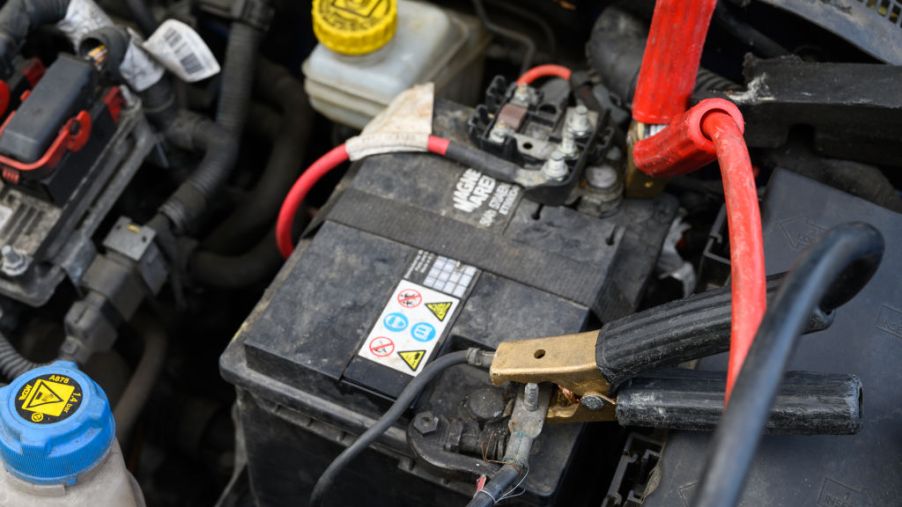
These Are the 4 Biggest Myths About Car Batteries
Most people take the dependability of a car’s electrical system for granted until the day your car doesn’t start and you need to purchase a replacement battery. Without a battery, the ignition system and the motor starter would have no power to crank the engine. Even after your car has been started, the battery supplies an extra boost of electrical power when needed to help the car’s alternator continually power the car’s electrical systems. While the DC power system of a car is fairly straightforward, there are still many misconceptions about the function, care, and purpose of car batteries.
Myth 1: Jump-starts will extend battery life
Some people will use a dedicated battery charger or a jump-start to revive a dead battery or one that is near the end of its life. But, once the car is running, the alternator has to work twice as hard to supply energy to electrical systems and provide extra energy to keep the battery charged. In addition to reducing the life of your alternator, jump-starts can hurt your car’s battery, leaving it undercharged.
An undercharged or an overcharged battery is not good. Undercharging can cause a buildup of lead sulfate on the battery plates, and overcharging can promote corrosion of the positive battery terminals or cause damage inside the battery. A jump-start should always be considered an emergency response to a dead battery.
Myth 2: Hot weather is better for batteries than cold weather
Hot or cold temperature extremes can affect the liquid electrolyte solution that hold a charge on the battery, and can reduce its life cycle or performance. Hot weather can cause this solution to evaporate. If you’re thinking about adding tap water to compensate for a dry battery – don’t! The impurities and minerals in water can damage the cells of the battery.
While batteries won’t freeze in very low temperatures, the extreme cold limits the battery’s ability to crank at full power. This is why it can be difficult to start a car in the winter. If you live in an extremely cold climate, consider using a battery thermal wrap to help the battery retain heat in the winter.
Myth 3: When a car won’t start, it’s a dead battery
There are other components that can prevent your car from starting. Clogged fuel lines, a bad starter, a failed alternator, or spark plugs that are worn out can also be culprits. Also, it is possible that the battery is not dead, but simply needs cleaning. Corroded battery terminals will prevent the flow of electricity to the cables. Use steel wool or a wire brush to clean battery acid and corrosion off the terminals.
Coating the battery terminals with grease after cleaning can prevent corrosion and improves the electrical connection.
Myth 4: There’s no way to know if your battery is dying
There are a number of signs that your battery will soon need replacing. If the engine cranks slowly when you turn the ignition key it is the first sign your battery is about to die. Also, if the headlights or dome lights are dim when the car’s engine is not running, this could also be a sign that the batteries voltage levels are reduced.
Inspect your battery when you perform routine maintenance for signs of corrosion on the battery terminals. If you detect a powdery white or blue substance (it can also sometimes be green) on the cables or terminals, it could be a sign of acid leakage or your lead-acid battery not being charged enough.
There are many signs that will indicate when your car battery is really dead – but hopefully you won’t have to wait until you reach that point and go through the inconvenience of calling for a tow truck or a mechanic.


